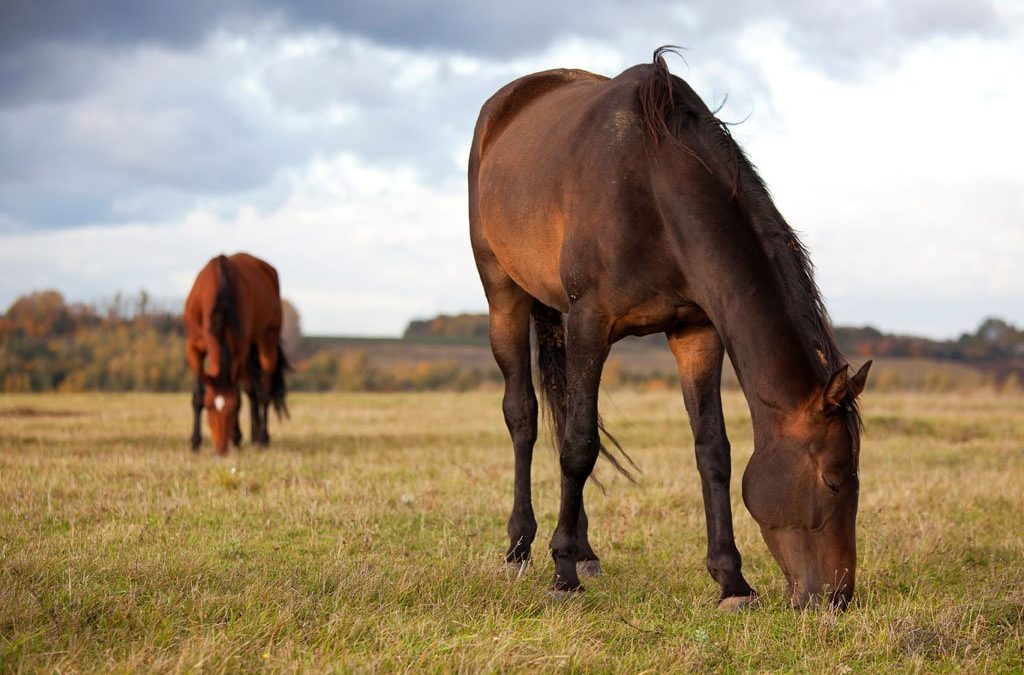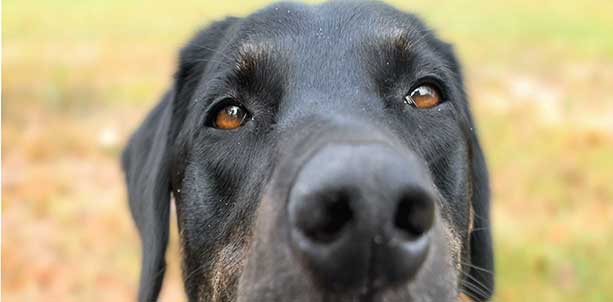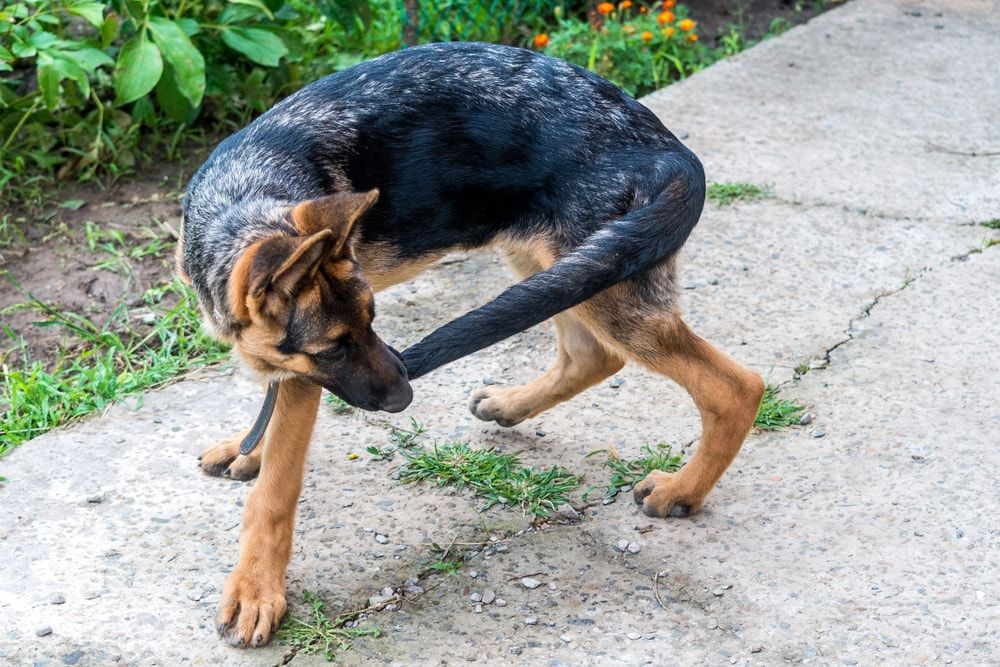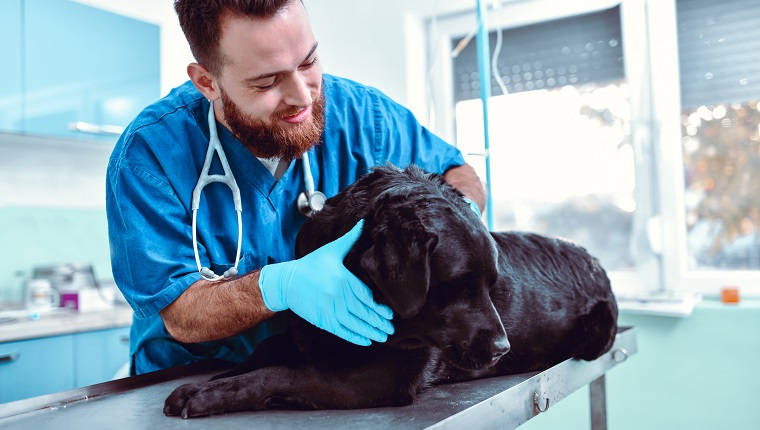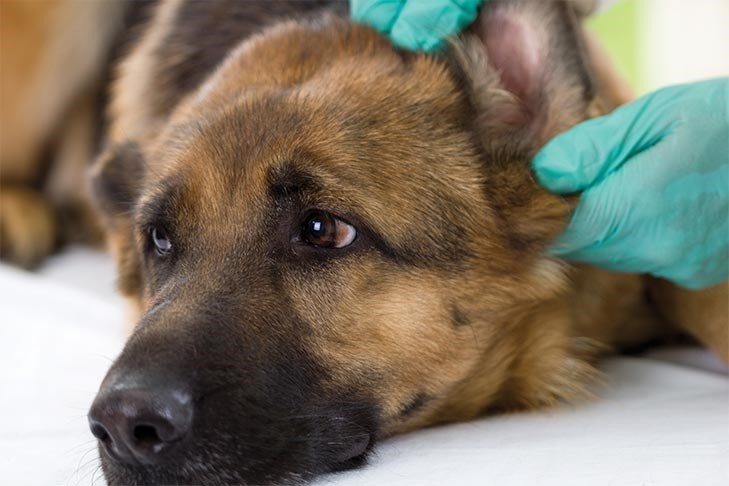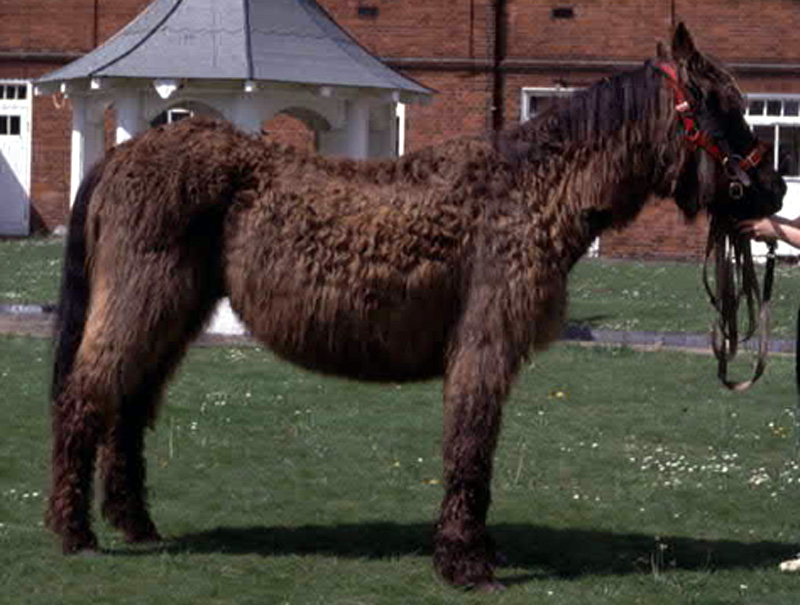
Knowing when to euthanize horses can be a difficult position for anyone to be faced with. The instinct to do everything in your power to try to save your horse is strong, especially if that animal has been a part of your life for a long time. Euthanasia can, however, be a tough but humane decision if your horse has Cushing’s Disease.
Cushing’s disease affects between 0.5% to 0.1% of the equestrian population. It is named after famed Harvard University neurosurgeon Dr. Harvey Cushing.
What Is Cushing's Disease In Horses?
Symptoms Of Cushing's Disease In Horses
- Shedding of coarse hair coat, particularly on the face and legs.
- Poor hair coat or skin infections (due to decreased immune function)
- Weight loss, despite increased appetite.
- Swollen abdomen and excessive fluid retention.
- Increased thirst and frequent urination (polydipsia and polyuria) accompanied by excessive sweating.
- Muscle wasting (even with good exercise)
- Trouble breathing (especially in the early stages). This can include difficulty breathing when resting or when exerting yourself; gasping for air;
- Respiratory infections like pneumonia or chronic coughs (coughing up blood is rare)
- A high body temperature and fever when not being worked; even colic-like symptoms include pain in the abdomen.
- Diarrhea or constipation (often with straining to defecate). This may be accompanied by frequent urination and a pale mucous membrane color with secondary dehydration, which leads to fever which can result in severe illness leading to death if not treated quickly enough.
- Lameness or stiffness in the joints
- Lethargy, depression, or apathy
- Increased susceptibility to infections due to weak immunity.
Cushing’s disease is caused by the overproduction of cortisol, a hormone produced by your horse’s adrenal gland. This occurs when there is an increase in ACTH (adrenocorticotropic hormone) levels in the body secreted in the pituitary gland due to an adrenal tumor.
It is often misdiagnosed because it shares many symptoms with other conditions, such as equine metabolic syndrome (EMS), hyperlipidemia, or insulin resistance.
Cushing’s disease is also called hyperadrenocorticism or pituitary pars intermedia dysfunction (PPID).
Early Cushing’s Disease In Horses
It is a common misconception that only old horses have Cushing’s disease. It has been reported in horses as young as eight years old and is common in those over 10. In horses over 15 years of age, it becomes necessary to do regular health checkups.
Janie sends her love, and thanks for everyone’s good wishes.
I will have to spend considerably more on her meds, every month
I rescued her 10 yrs ago, and she has Cushings Disease, which was unusual for a 8 yr old horse
I hope soon,she will be this healthy and happy again
pic.twitter.com/aKJIzeMYWe
— Luna Luvgood
(@LunaLuvgood2020) April 23, 2020
It is pretty tricky to diagnose a horse with Cushing’s disease in the earliest stages, and more often than not, it is diagnosed only at the later stages. But there are some symptoms that your can watch out for.
The early stages of Cushing’s disease are characterized by an increase in appetite, weight gain, and thirstiness. During these early stages, owners may not notice any changes in their animal’s behavior or appearance; however, you should consult with a veterinarian immediately if you suspect their horse has Cushing’s disease. The life expectancy of a horse after early diagnosis is about seven years.
Late Stages of Cushing’s In Horses
The later stages of Cushing’s disease in horses are characterized by hyperglycemia and increased insulin resistance. It can also result in the development of severe conditions like laminitis. The animal may have a loss of muscle mass, especially in the back and neck areas.
When a horse is diagnosed, a veterinarian should monitor it closely to avoid complications that can arise from the condition.
Diagnosis For Cushing Disease In Horses
Diagnosis is made through blood tests that measure cortisol levels in the bloodstream. If your horse has been diagnosed, treatments can help manage symptoms and keep them comfortable for years to come. The tests can be a Thyrotropin-releasing hormone stimulation test (TRHST) or a dexamethasone suppression test (DST).
Natural Treatment For Cushing Disease In Horses
Cushing’s disease can’t be cured, but it is possible to reduce the effects to a certain extent for a short period.
Natural treatments include nutritional supplements and herbs that have been shown to help reduce symptoms of this condition in horses. Some of these natural treatments include:
Omega 3 Fatty Acids have been shown to help improve brain function and reduce inflammation in the body, which is essential for treating this condition.
If your horse has been diagnosed with Cushing’s disease, you should ensure he gets enough sleep every night so that his body can have time to repair itself during rest periods throughout the day.

Feed him plenty of greens and vegetables every day to get sufficient levels of minerals such as potassium and sodium in his system. These minerals will help keep his blood pressure stable throughout the day without having any adverse side effects on his heart rate or other vital functions (such as breathing).
Feeding him low sugar and more whole foods helps with managing the symptoms.
A key ingredient in treating Cushing’s is vitamin C, which have been found to reduce signs of fatigue and improve immune function in horses with Cushing’s, and decrease symptoms like sweating and weight loss associated with this condition.
Another natural treatment is alfalfa sprouts or alfalfa juice. Alfalfa contains saponins that have been shown to ease symptoms associated with Cushing’s, such as depression and anxiety, and other such problems as diarrhea and anemia caused by this condition.
Untreated Cushing’s Disease In Horses
Cushing’s disease can lead to laminitis, which makes it very important for owners to keep their horses on the right treatment plan.
Laminitis is a painful and potentially life-threatening condition that affects horses’ hooves. Several factors can cause it, but one of the most common causes is leaving Cushing’s disease untreated in horses.
It is a condition in which the hoof becomes inflamed, causing lameness and pain. It also causes changes in hoof structure, resulting in poor growth of the hoof. Laminitis is painful and can also cause irreversible damage to your horse’s feet if left untreated, so it’s essential to seek veterinary treatment as soon as possible after noticing signs of the disease.
When To Euthanize A Horse With Cushing’s Disease?
The first step is to determine the severity of the disease. If you can do this and find that it is mild, you can try and treat it with medications such as cyproheptadine, pergolide, and bromocriptine.
The next step involves giving your animal an injection containing dexamethasone at least once a month for six months to see if there is any improvement in symptoms. If there is no improvement in symptoms after six months, euthanasia may be necessary because there isn’t much else left that can be done for him.
If your horse does not respond well to medications or other treatments for Cushing’s disease and he has become severely ill due to complications related to the illness, then euthanasia would most likely be called for at this point since other options would probably fail anyway (since most drugs used against Cushing’s disease either don’t work well enough or cause too many side effects).
It is also time to consider euthanasia if your horse has entered the later stages of developing laminitis, which is very difficult to control.

How To Euthanize A Horse With Cushing’s Disease?
When you have decided to euthanize a horse with Cushing’s disease, there are a number of options available, but the first step is to get the horse ready. The veterinarian will give the horse a sedative and some analgesics so that it does not feel much pain during the procedure.
The next step is to inject a mixture of drugs into muscles or veins to stop breathing and heartbeat. This can be done through an intravenous injection or by giving a lethal dose of barbiturate (A DEA controlled substance that can cause immediate death of a horse) orally.
Conclusion
Euthanasia becomes the only humane option in the later stages of a horse with Cushing’s disease. While it can’t be cured, some treatment options are available for those with mild or moderate cases.
If you have questions about the disease and its management, contact your veterinarian for more information on what might be best for your animal.
When To Euthanize A Horse With Cushing’s Disease? UPDATED 2022 #2
Knowing when to euthanize horses can be a …
When To Euthanize A Horse With Cushing’s Disease? UPDATED 2022
Knowing when to euthanize horses can be a …
Feeding Alfalfa Pellets Instead of Grain – A Complete Guide
Horse owners have different opinions when it comes …
L Glutamine For Dogs – UPDATED 2022 – A Complete Guide
Digestive problems are quite common in dogs and …
L Glutamine For Dogs – UPDATED 2022 – A Complete Guide
Digestive problems are quite common in dogs and …
Blind Dog Walking In Circles? UPDATED 2022 – A Complete Guide
As a dog owner, you always keep a …
Laryngeal Paralysis In Dogs – When To Euthanize?
The toughest decision for a pet owner is …
Natural Treatment For Anaplasmosis In Dogs – UPDATED 2022
Spotting a tick on your pup is quite …
Does My Dog Have Dementia? – Quiz & Canine Dementia Scale
Dogs have so many resemblances with humans; one …
PLN In Dogs – A Complete Guide To Protein Losing Nephropathy In Dogs
Just like humans, dogs suffer from damage and …



